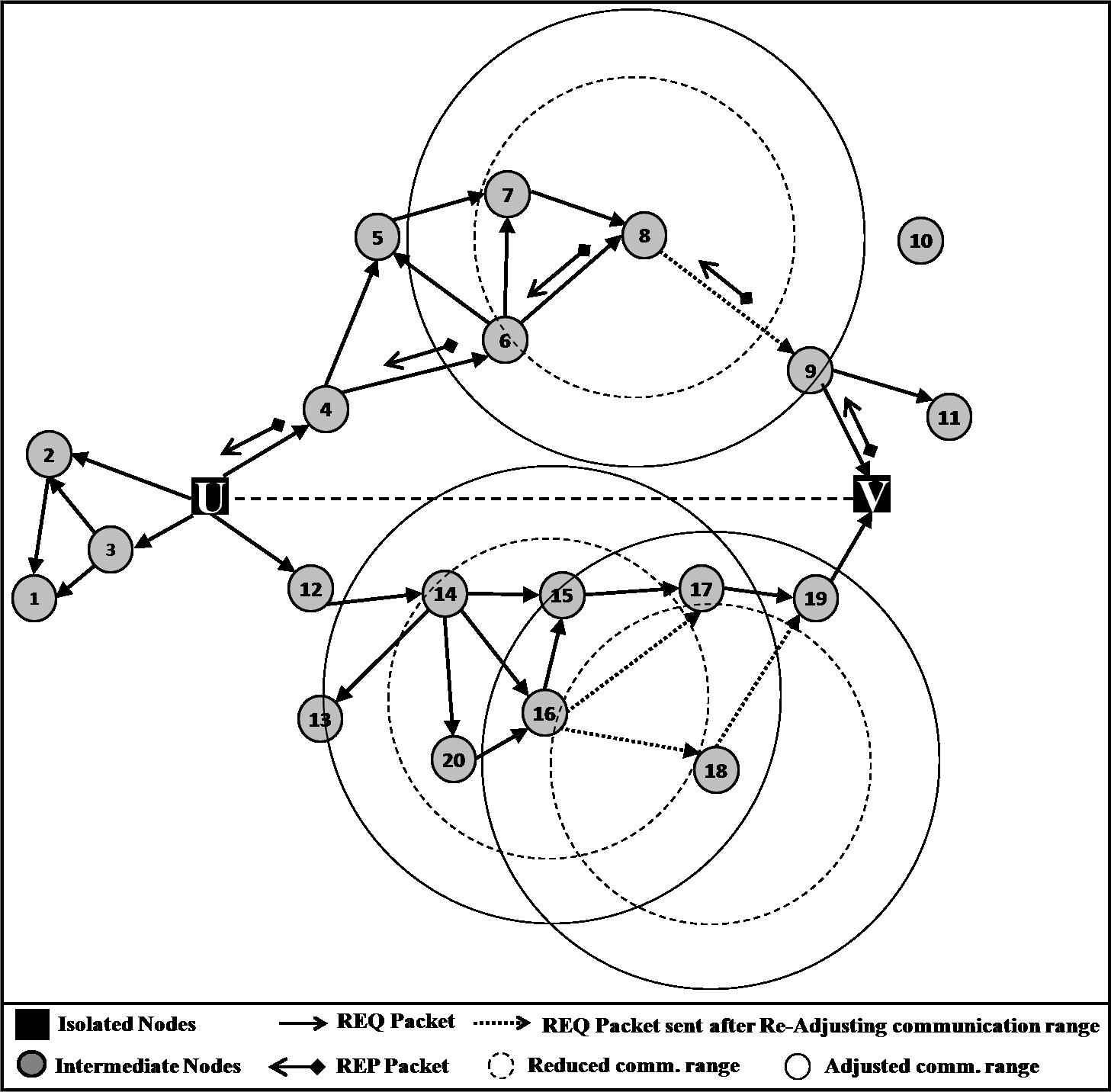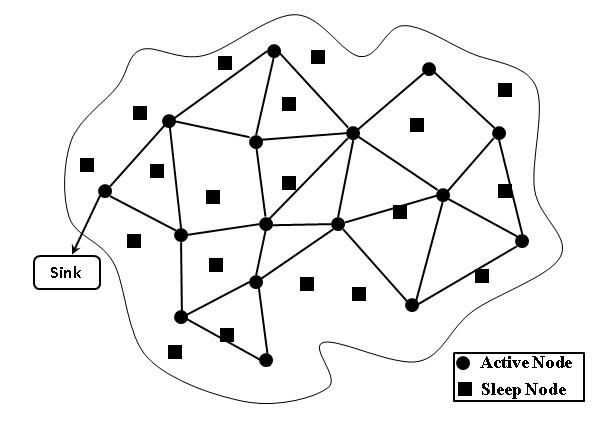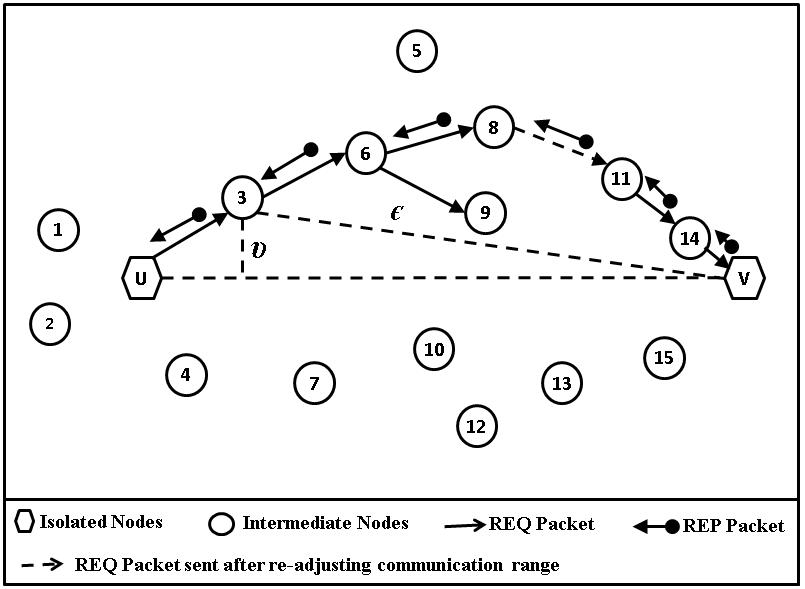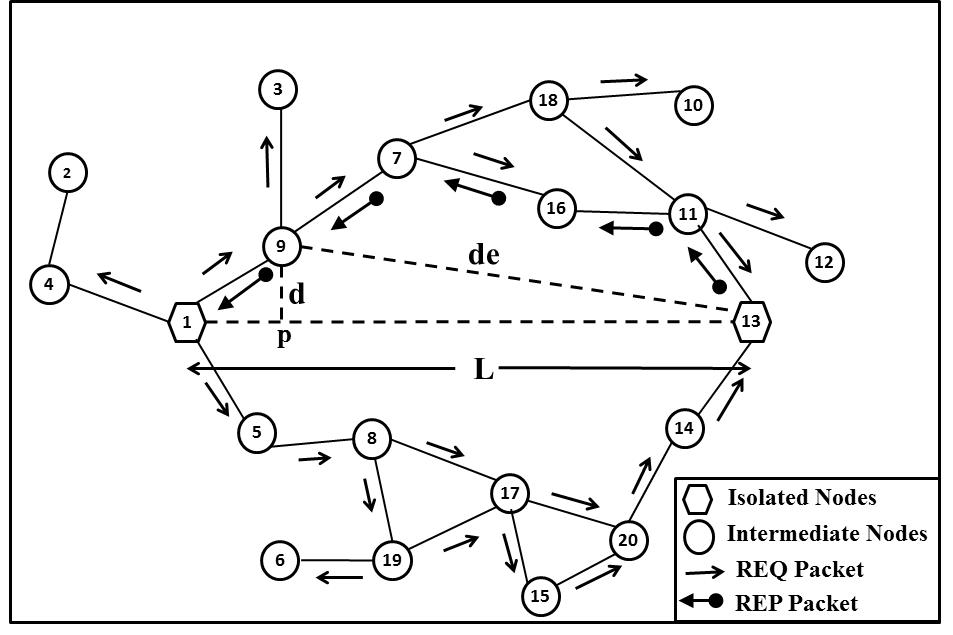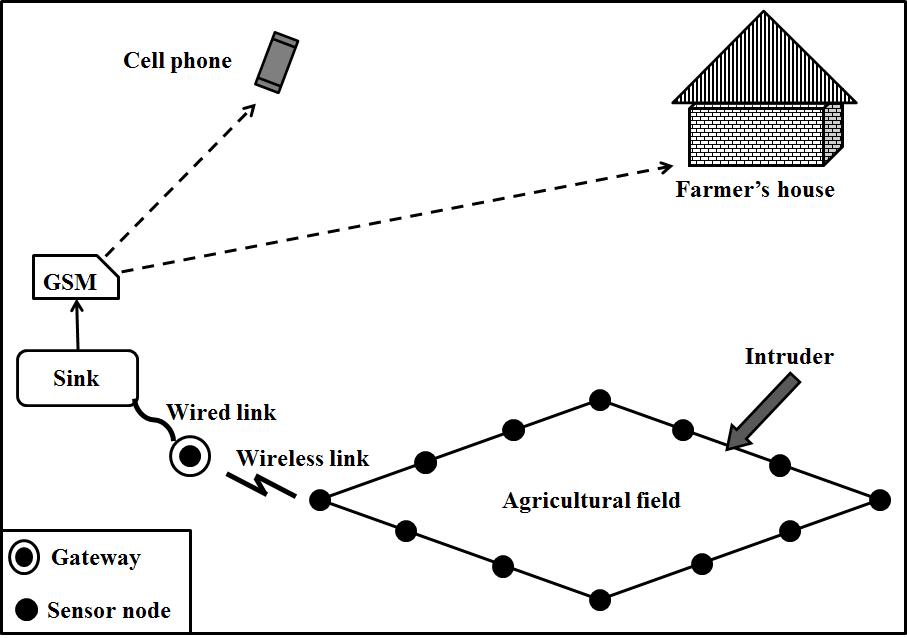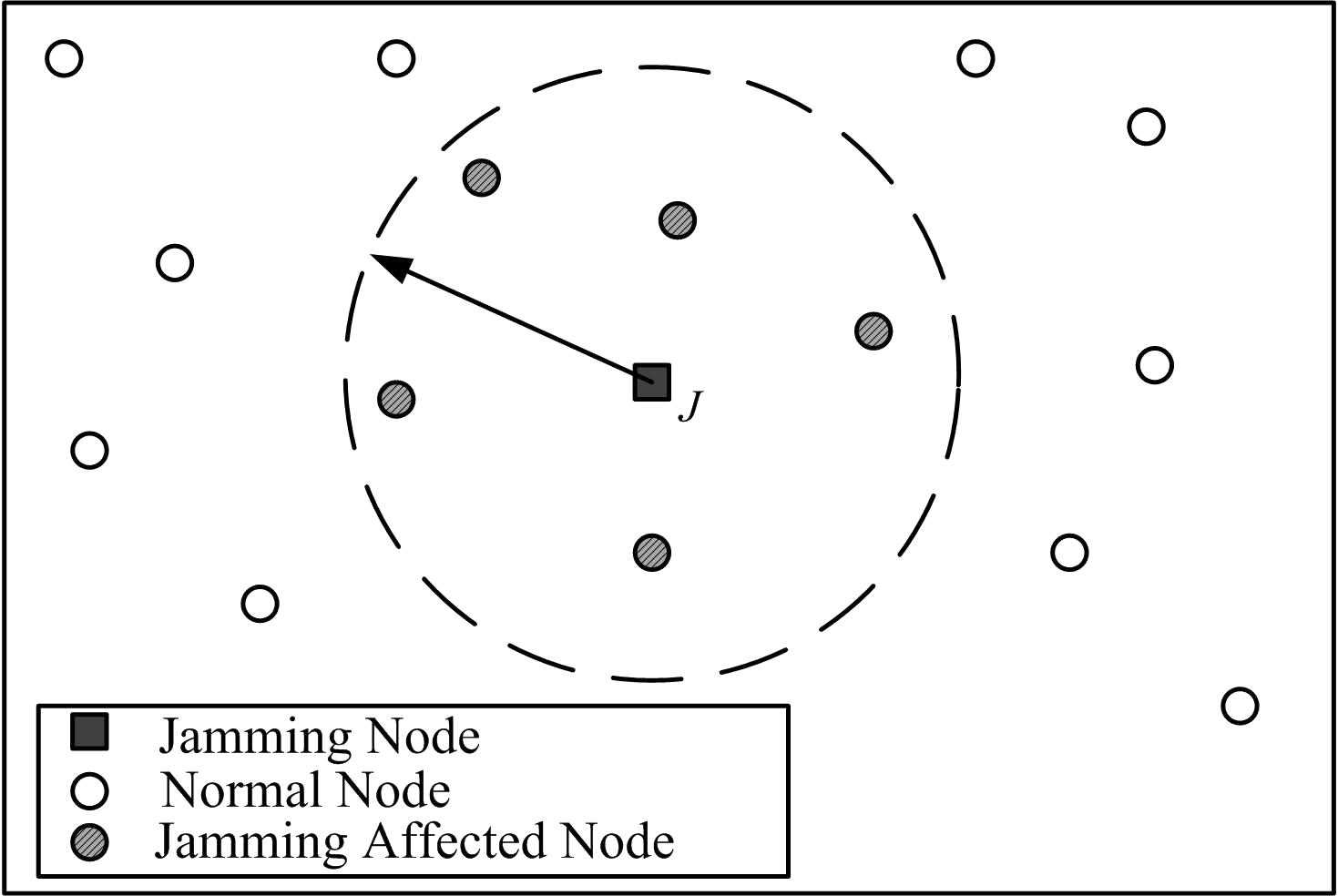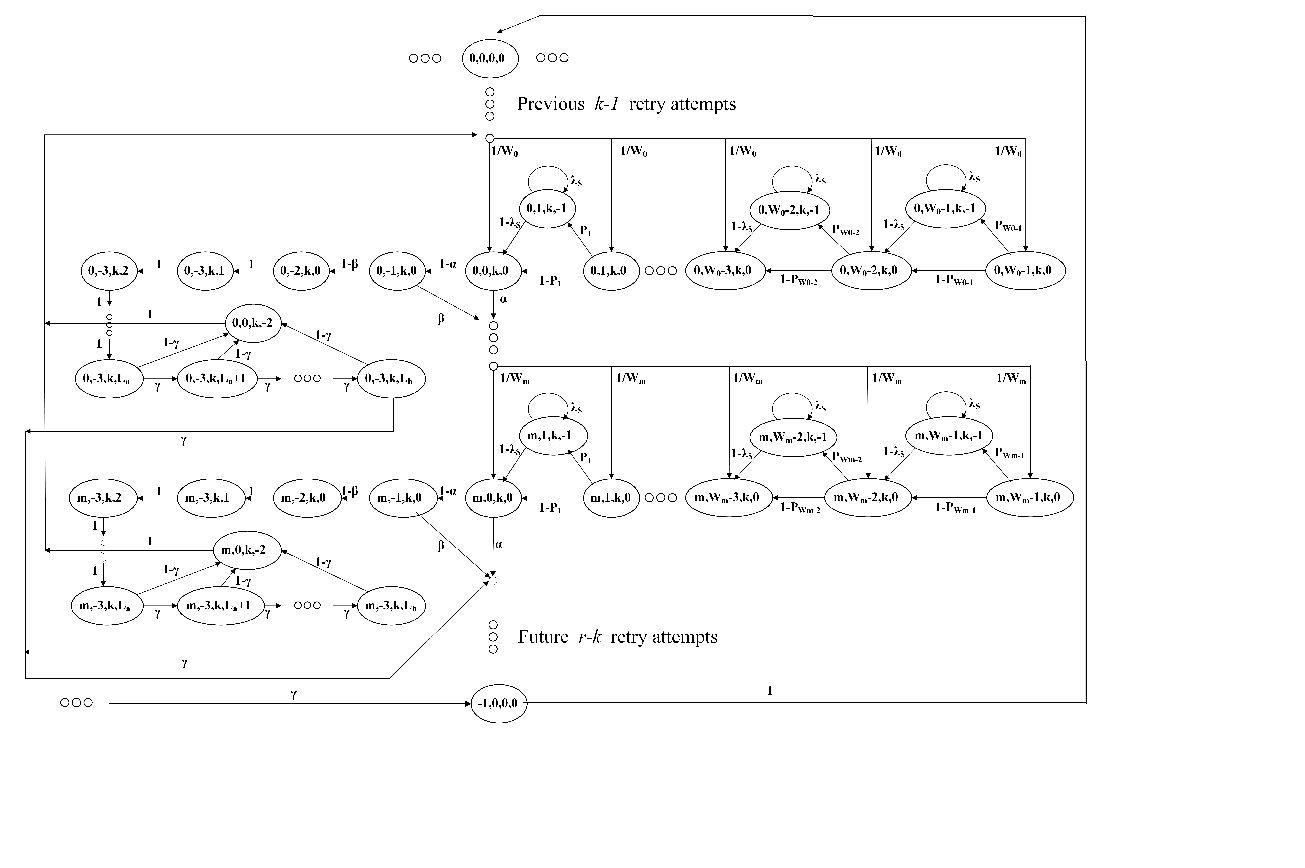Wireless Sensor Networks for IoT
Traditional Network forms the core of any networking architectures and protocols which has been desgned and developed over time. All the modern developments in networking such as IoT networks, SDN networs, service-oriented networks, QoS and QoE aware networks etc are based on the core concepts, algorithms and protocols of traditional networks. Therefore the importance and significance of traditional networking is as relevant as before and demands equal attention. Any change in the existing traditional networking architectures will affect all other technologies as well. The various core concepts of traditional networks such as routing protocols, congestion control and avoidance, throughput, TCP/IP protocols among others are the base upon which all modern networking protocols are built upon
Among the various modern networks that are readily deployed today, Wireless Sensor Networks (WSNs) are of special interest. A subtype of broader IoT networks, WSNs consists of wireless interconnected networks of small low-power sensor devices that sense some environmental parameters at regular intervals of time and send them over to some central storage or database. The central storage or database can also be fog or cloud across the Internet. WSN protocols to maximize the performance of the sensor nodes, minimize the latency of communication and reduce the consumption of power is an active area of research today
Here we study the various works and research on traditional and core netwroking concepts as well as wireless sensor networks. These will help us to understand the problems that still remains in the above domains as well as their solutions and identify new ideas and avenues for further research.
